- Learning time
- 20 minutes
- First play time
- 40 minutes
Radlands
Designed by: Daniel Piechnick
A post-apocalyptic landscape. Two factions at war. The precious resource everyone needs: water.
Radlands is a game where both players are trying to eliminate the opposition to win. At the start of the game both sides get three bases, which form the bottom of three columns on the table. Above each base you can play cards, which are predominantly people, and then activate the people to deal damage to your opponent, or help yourself recover or progress in some way.
Almost everything in Radlands costs water, and fortunately you get three water tokens at the start of each turn. You can spend them to play a people card above a base, activate a previously-played card, activate a base, or draw more cards from the deck. You can also simply junk a card to gain a reward: it might be water, damage, repairs, or punks. Punks are the normal cards but played face-down: each base is protected by the cards you play in front of it (a maximum of two to each base) so much of the game is about trying to keep these columns filled with people you can then activate. Punks don’t have any kind of activation, but they do present a modest barrier: most cards take two damage to kill them off (ie remove them from play) but punks only take one: they’re removed the moment they get hit.
A damaged card that’s taken a single hit is turned sideways to show it can’t be activated until repaired. A damaged base can still be activated, but ideally you want to avoid damage to your own and deal it to the other side: and here your Raiders come in handy. Each side has a Raiders card that can be activated and sent down a ‘fourth column’ – separately from your bases – to go past any opposition people and straight to the beating heart of the enemy, where it will do one damage. Like people, bases only need two damage to finish them off, and the Raiders are a default way of getting to them. What’s more, although Raiders don’t do damage straight away, once launched they can rarely be stopped, and will return to you automatically after dealing damage, ready to go again.
As soon as the last base of either side is destroyed, that player loses, and the other will rule the Radlands – until next time.
The guru's verdict
-
Take That!
Take That!
Plenty. Radlands is a fight from start to finish, where a powerful card you just played gets evaporated before you even get a chance to activate it. GRRRR!
-
Fidget Factor!
Fidget Factor!
Low. Turns are pretty brief and the game itself usually about 20mins long.
-
Brain Burn!
Brain Burn!
The rules aren't too onerous, so once you've gotten the rhythm of how the game works - advance raiders, gather water, gain one card, then take as many actions as you can afford - the brain-burning is of a mostly-tactical nature, as you look for the best way to combine your cards and cause chaos for the other side.
-
Again Again!
Again Again!
Lots of variety here for fans of dystopian punch-ups; with asymmetric bases and randomness in the card draw.

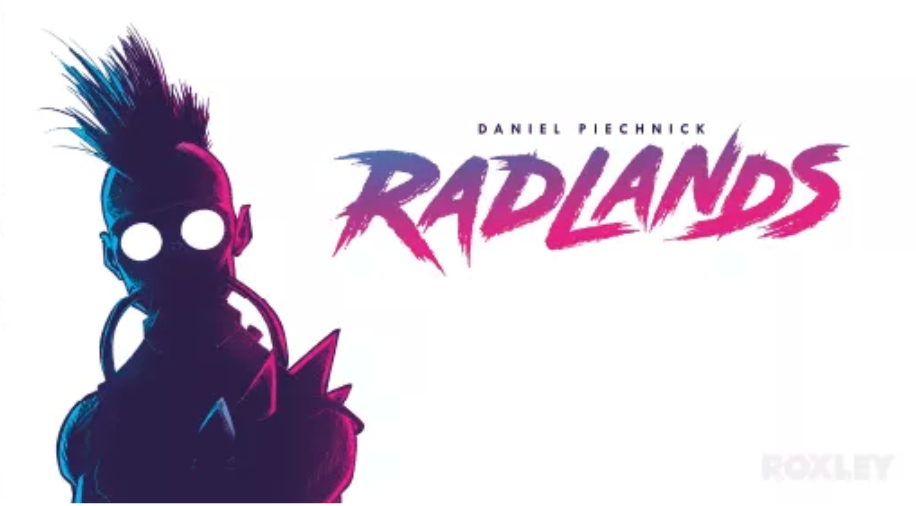
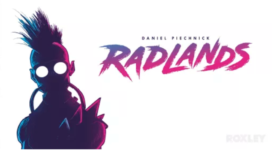
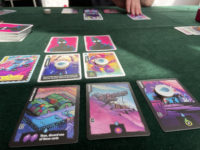
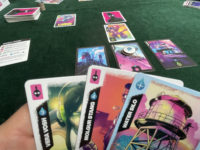





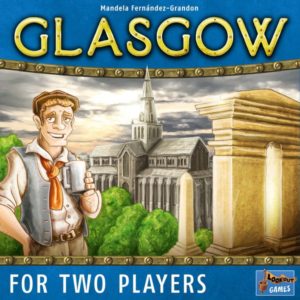
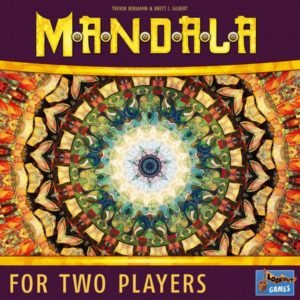
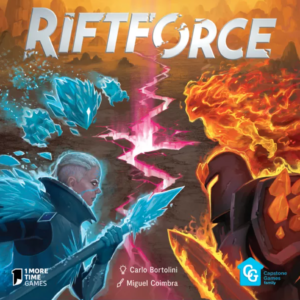
Sam says
The player v player, multi-purpose cards thing is never a home run with me, although that's purely down to personal preferences over any criticism of Radlands: objectively I can see it's cleverly designed and has a moreish, replayable feel to it that will scratch many itches. It's just not something I personally get too excited about because I find there's enough swirling information in the possibilities to make me feel like I'm constantly computing, rather than actually having fun. But that's very much a me thing: Joe and other friends enjoy Radlands a lot, and you might too.